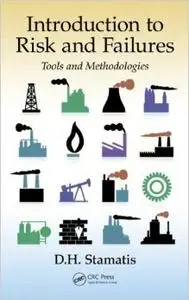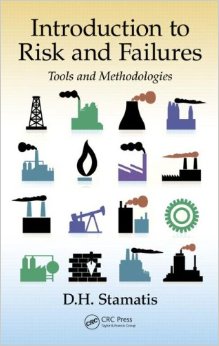D. H. Stamatis, "Introduction to Risk and Failures: Tools and Methodologies"
English | ISBN: 1482234793 | 2014 | 274 pages | PDF | 3 MB
English | ISBN: 1482234793 | 2014 | 274 pages | PDF | 3 MB
Risk is everywhere, in everything we do. Realizing this fact, we all must try to understand this "risk" and if possible to minimize it. This book expands the conversation beyond failure mode and effects analysis (FMEA) techniques. While FMEA is indeed a powerful tool to forecast failures for both design and processes, it is missing methods for considering safety issues, catastrophic events, and their consequences. Focusing on risk, safety, and HAZOP as they relate to major catastrophic events, Introduction to Risk and Failures: Tools and Methodologies addresses the process and implementation as well as understanding the fundamentals of using a risk methodology in a given organization for evaluating major safety and/or catastrophic problems.
The book identifies and evaluates five perspectives through which risk and uncertainty can be viewed and analyzed: individual and societal concerns, complexity in government regulations, patterns of employment, and polarization of approaches between large and small organizations. In addition to explaining what risk is and exploring how it should be understood, the author makes a distinction between risk and uncertainty. He elucidates more than 20 specific methodologies and/or tools to evaluate risk in a manner that is practical and proactive but not heavy on theory. He also includes samples of checklists and demonstrates the flow of analysis for any type of hazard.
Written by an expert with more than 30 years of experience, the book provides from-the-trenches examples that demonstrate the theory in action. It introduces methodologies such as ETA, FTA, and others which traditionally have been used specifically in reliability endeavors and details how they can be used in risk assessment. Highly practical, it shows you how to minimize or eliminate risks and failures for any given project or in any given work environment.



